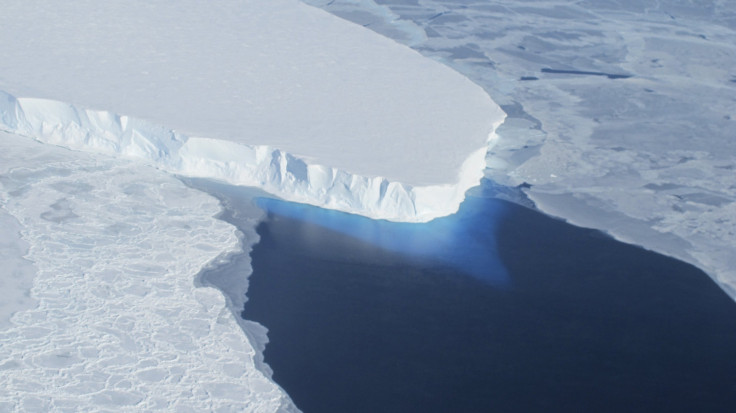Discovery Of Microbes Under Antarctic Ice Has Implications For Finding Life Elsewhere In Solar System

A team of researchers has discovered microbial life in a lake nearly 2,600 feet below the Antarctic ice sheet, the first evidence that life can exist in such a cold, dark world. The latest discovery further bolsters the theory that life could exist elsewhere in the solar system.
The researchers examined water and sediments from the shallow lake called Whillans, and found that the extreme environment supports microbial ecosystems. The researchers said in a study, published in the journal Nature, that the lake “supports a metabolically active and…diverse ecosystem that functions in the dark at subzero temperatures.”
“Because Antarctica is basically a microbial continent, exploring below its thick ice sheet can help us understand how life has evolved to survive in cold darkness,” Jill Mikucki, a microbiologist at the University of Tennessee in Knoxville, said in a statement.
As part of a project called Whillans Ice Stream Subglacial Access Research Drilling, or WISSARD, the researchers retrieved water and sediment samples in January 2013 from the subglacial lake, which remained isolated from direct contact with the atmosphere for several thousands of years.
“Given the prevalence of subglacial water in Antarctica, our data…lead us to believe that aquatic microbial systems are common features of the subsurface environment that exists beneath the…Antarctic Ice Sheet,” the researchers said in the study.
According to the researchers, Whillans is part of a network of major reservoirs under the Whillans Ice Stream. Based on their data, the researchers said that the network’s connections to the waters surrounding Antarctica allow the microbial ecosystems to influence the chemical and biological composition of the Southern Ocean, which encircles the icy continent.
The discovery of microbes in Antarctica also has implications for the prospect of finding alien life on Jupiter's moon Europa and Saturn's moon Enceladus as both the satellites have oceans underneath their icy crusts, Christian Science Monitor reported.
“I hope our findings motivate new research on the role of these extreme microorganisms in the function of our planet and other icy worlds in our solar system,” Mikucki said.
© Copyright IBTimes 2025. All rights reserved.






















